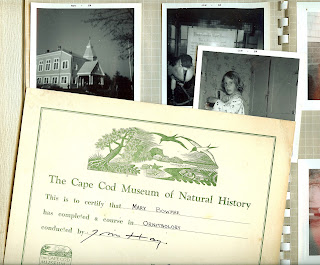There are a lot of great nature programs on the Cape all winter long. Many of them are free or very affordable. I know I’ll miss something so if you know of a program I should add, please feel free to contact me.
If you want to know where to find and see owls and otters, following Ian Ives, sanctuary director for the mid and upper Cape Audubon sanctuaries, is always fun and informative. He is leading a program at Ashumet this Friday and you can get more information here.
The National Marine Life Center in Buzzards Bay will be hosting a family program, “For the Love of Turtles” on this coming Saturday. They will also have activities during school vacation week. Scroll down through the website to see the calendar here.
The Cape Cod Museum of Natural History has free family programs for members (minimal cost for non members) at 1 p.m. all through school vacation next week as well. For more info, click here.
And of course there is Wellfleet Bay Wildlife Sanctuary and there are always fun programs going on there as well.
If you are in the Sandwich area, don’t forget the Thornton Burgess Society and the Green Briar Nature Center. They are also running special programs for school vacation as well as adult programs. Check their website for specific information here.

